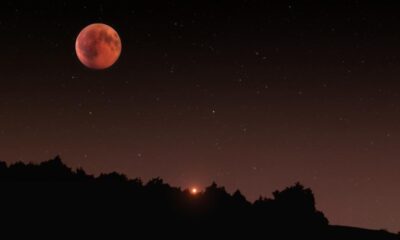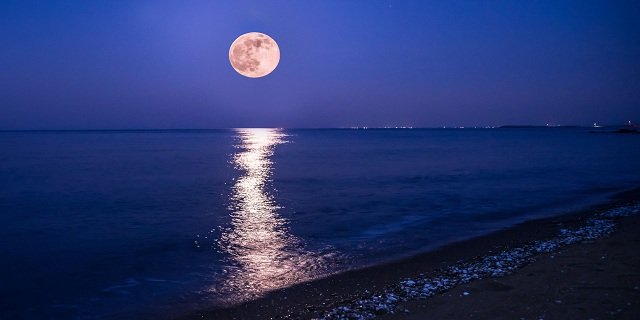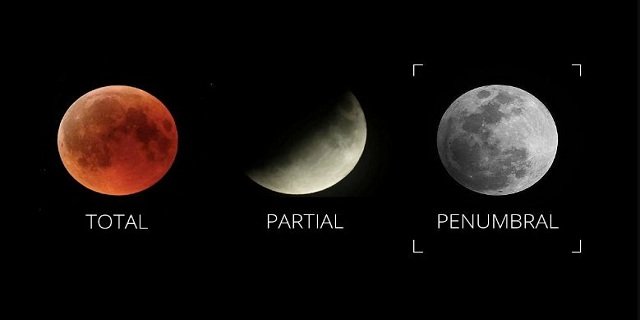Science
Things You Should Need to Know about Total Lunar Eclipse, Blood Moon
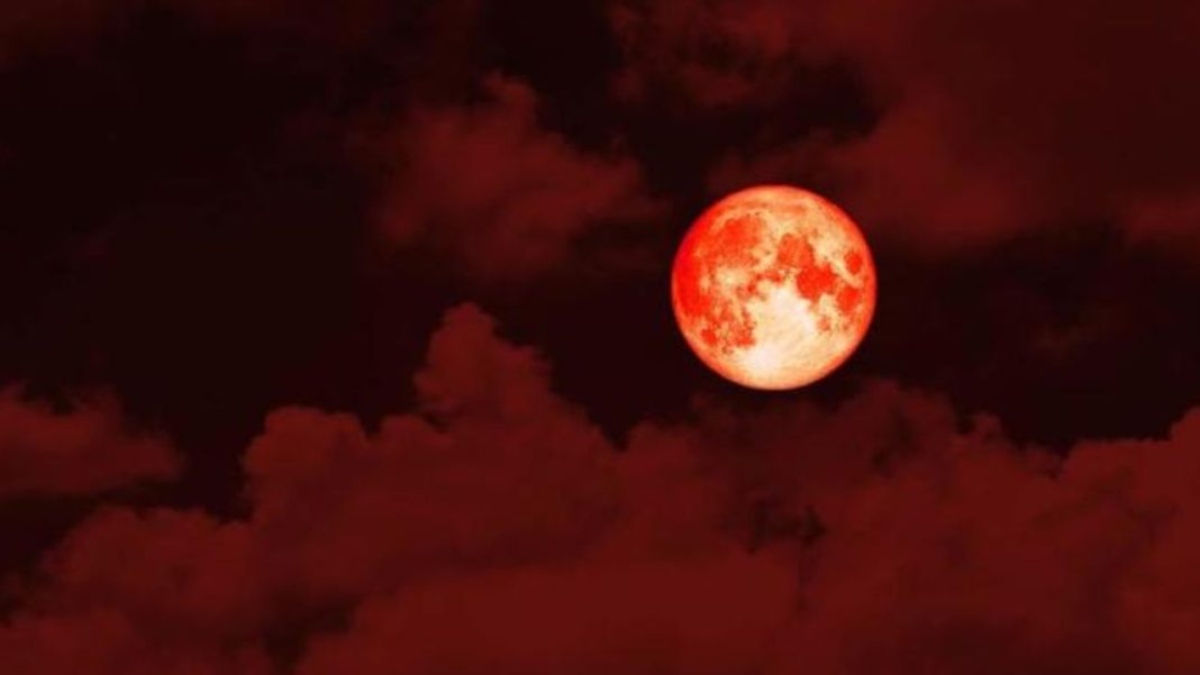
Skywatchers are expecting some spectacular cosmic phenomena in September. On September 7–8, a total lunar eclipse is anticipated to occur. It is expected that the total lunar eclipse will last 82 minutes and produce an amazing moon, making it a must-see sight.
A total lunar eclipse that would turn the moon blood red is predicted to be seen by millions of people in Asia and Europe. On September 7 and 8, the celestial event is anticipated to occur overnight. The red “blood moon” is said to be visible to skywatchers in Western Australia, Asia, and Europe.
When the Earth blocks sunlight, a shadow is cast onto the Moon, which subsequently reflects red and copper hues due to light scattering in the atmosphere. Depending on the weather, major Indian cities are expected to witness the eclipse, which will be visible throughout Asia, Australia, Africa, and Europe.
Sometimes referred to as a “blood moon,” a total lunar eclipse will transform the Moon into a bright, crimson globe. One of the longest and most visible lunar eclipses in recent years is anticipated to occur during this eclipse.
Here is all the information you need to know about this event.
On September 7, the lunar eclipse will reach its greatest phase, when the moon will be completely covered by Earth’s dark umbral shadow, at 5:11 p.m. EDT (about 2:41 a.m. IST). This phase is predicted to last 82 minutes and is known as totality, when the moon is completely immersed in the umbral shadow.
The lunar eclipse will be visible in several locations, and the times for viewing totality vary depending on the time zone. According to reports, 77% of people on Earth will be able to witness the eclipse’s full total phase.
Between 7:30 and 7:52 p.m., the Moon rises in eclipse in London (BST); between 7:30 and 8:52 p.m., in Paris (CEST) and Cape Town (SAST); between 8:30 and 9:52 p.m., in Istanbul, Cairo, and Nairobi (EEST/EAT); and between 9:00 and 10:22 p.m., in Tehran (IRST).
Meanwhile, it runs from 11:00 p.m. to 12:22 a.m. in Mumbai (IST). Tokyo (JST) observes 2:30–3:52 am, Sydney (AEST) 3:30–4:52 am, Beijing (CST), Hong Kong (HKT), and Perth (AWST) from 1:30–2:52 am, and Bangkok (ICT) observes 12:30–1:52 am.
Visibility
The total moon eclipse will be seen in Asia, Australia, Africa, and Europe on September 7–8. Major Indian cities, including Delhi, Mumbai, Kolkata, Pune, Lucknow, Hyderabad, and Chandigarh, will all have a good chance of seeing the moon, provided that no obstructions like clouds or pollution prevent it.
On September 7, the eclipse will start at 8:58 PM IST (15:25 UTC), and on September 8, it will finish at 2:25 AM IST (20:55 UTC). Between 11:00 PM IST (17:30 UTC) on September 7 and 12:22 AM IST (18:52 UTC) on September 8, the moon will turn red for 82 minutes.
About 82 minutes will pass during totality, when the moon is fully engulfed in Earth’s umbral shadow. The following are important totality viewing times for various time zones based on time and date:
- London (BST): 7:30 p.m. – 7:52 p.m. (Sept. 7) — moon rises already in eclipse
- Paris (CEST): 7:30 p.m. – 8:52 p.m. (Sept. 7) — visible low on the horizon
- Cape Town (SAST): 7:30 p.m. – 8:52 p.m. (Sept. 7)
- Istanbul/Cairo/Nairobi (EEST/EAT): 8:30 p.m. – 9:52 p.m. (Sept. 7)
- Tehran (IRST): 9:00 p.m. – 10:22 p.m. (Sept. 7)
- Mumbai (IST): 11:00 p.m. (Sept. 7) – 12:22 a.m. (Sept. 8)
- Bangkok (ICT): 12:30 a.m. – 1:52 a.m. (Sept. 8)
- Beijing (CST): 1:30 a.m. – 2:52 a.m. (Sept. 8)
- Hong Kong (HKT): 1:30 a.m. – 2:52 a.m. (Sept. 8)
- Perth (AWST): 1:30 a.m. – 2:52 a.m. (Sept. 8)
- Tokyo (JST): 2:30 a.m. – 3:52 a.m. (Sept. 8)
- Sydney (AEST): 3:30 a.m. – 4:52 a.m. (Sept. 8)
According to Time and Date, about 77% of people on Earth will be able to see this eclipse’s full total phase.
Why the moon turns red
A total lunar eclipse occurs when the Earth’s darkest shadow, called the umbra, falls across the lunar surface when it passes directly between the Sun and the Moon. Instead of fading into darkness, the Moon will shine in copper and deep crimson tones. The Earth’s atmosphere bends sunlight, filtering off shorter wavelengths like blue and violet so that only the longer red and orange hues may reach the Moon. This is the basis for this unsettling yet beautiful image.
The crimson light of the Moon during an eclipse is explained by a phenomenon called Rayleigh scattering. Particles in the Earth’s atmosphere disperse shorter wavelengths of light in different directions when sunlight passes through it. This causes the red and orange tones to bend around the globe and land on the Moon, giving it the famous blood moon appearance.
What happens during the total eclipse?
The eclipse starts when the moon moves into the Earth’s penumbral shadow. Additionally, the lunar surface is covered in a dark shadow as the moon passes farther into the umbra, which lasts until totality, when it turns reddish-orange. During the eclipse, the Earth’s atmospheric conditions have a significant impact on the moon’s color.
Just 2.7 days before the moon reaches perigee, the point in its elliptical orbit where it approaches Earth the closest, the lunar eclipse takes place on September 7-8. It appears somewhat larger than usual as a result. The Moon is predicted to glow a deep, rich shade of red when it passes through the darkest area of the shadow, known as the Earth’s umbra.
Since the Moon will be high overhead during totality, viewers from Asia and Australia should get the best view. Because of this, it would be ideal for both casual viewing and photography. The eclipse will be visible during moonrise in Europe and Africa, providing a breathtaking vista of the horizon.
Anytime a total lunar eclipse occurs above the horizon, it can be seen with the naked eye. Lunar eclipses can be safely observed without the need for special glasses, filters, or other equipment, unlike solar eclipses. The Moon is best visible with the naked eye because of the reddish glow that results from sunlight being scattered by Earth’s atmosphere during totality. Although they help improve details, binoculars and a small telescope are not required.
-

 Business4 weeks ago
Business4 weeks agoFrom Monastery to Main Street: How a Former Monk Is Revolutionizing Executive Coaching for Tiny Businesses
-

 Lifestyle3 weeks ago
Lifestyle3 weeks agoBob Gerace Discusses Coaching Themes: Confession, Reconciliation, Communication, Intimacy, and Fatherhood
-

 Book4 weeks ago
Book4 weeks agoA Journey Across Centuries: “The Compass of Truth – Whispers of Dara Shikoh” Explores Memory, Identity and Spiritual Awakening
-

 Education2 weeks ago
Education2 weeks agoAn Exclusive Interview With Holly Gold: The Heart and Vision Behind The Little Schools
-

 Sports3 weeks ago
Sports3 weeks agoNBA Season 2025-26: Full Schedule, Preview, Key Dates, Players, Teams and How to Watch Live
-

 Travel2 weeks ago
Travel2 weeks ago8000 Voices, One Vibe — Ludhiana Sang Every Word with Talwiinder at Bangr Arena
-
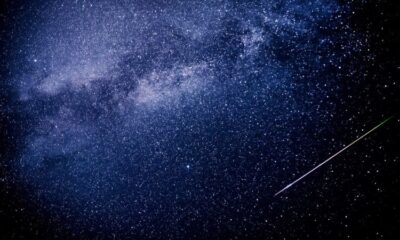
 Science3 weeks ago
Science3 weeks agoThings to Know about the Orionid Meteor Shower 2025, When and How to Watch
-

 News4 weeks ago
News4 weeks agoSana Raees Khan Honoured with “Influential Leader – Pride of Maharashtra” Award

